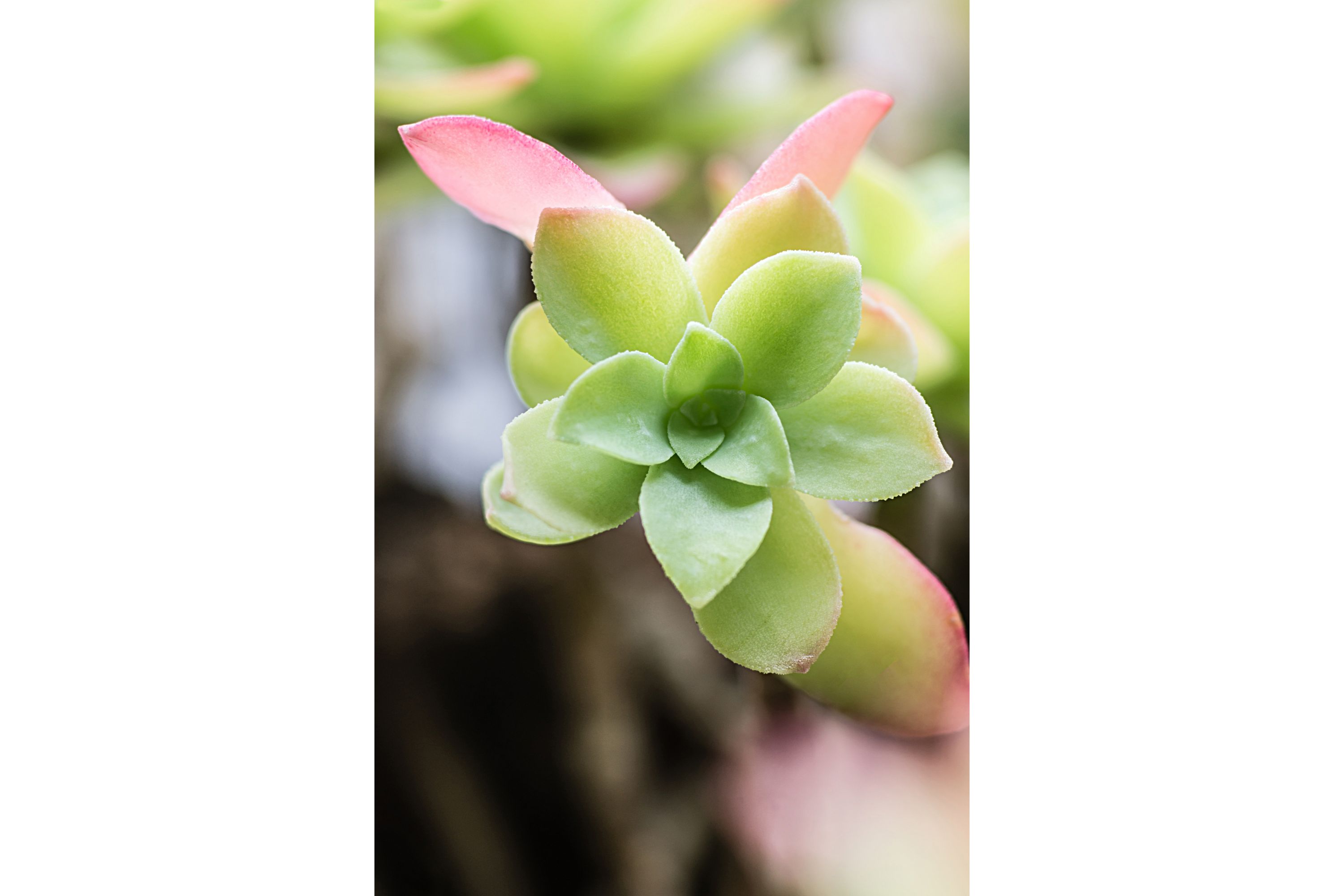Palmer's sedum
(Sedum palmeri)

Description
Sedum palmeri is a succulent plant species belonging to the family Crassulaceae. It is commonly known as Palmer's Sedum and is native to the western United States, particularly in the states of Arizona, New Mexico, and Texas. This plant is known for its beautiful rosettes of fleshy, gray-green leaves and bright yellow flowers that bloom in the summer. In this article, we will discuss the characteristics, habitat, cultivation, and uses of Sedum palmeri. Characteristics: Sedum palmeri is a low-growing, perennial plant that can reach a height of up to 6 inches (15 cm) and spread up to 2 feet (60 cm). It has a rosette form with thick, fleshy leaves that are about 1-2 inches (2.5-5 cm) long and 0.5 inches (1.25 cm) wide. The leaves are bluish-gray in color, with a waxy coating that gives them a shiny appearance. The margins of the leaves are serrated, and the tips are pointed. The plant produces tall, thin stalks that rise above the foliage and bear clusters of bright yellow, star-shaped flowers in the summer. Habitat: Sedum palmeri is native to arid regions of the southwestern United States, where it grows in rocky, well-drained soil in full sun to partial shade. It is found in a variety of habitats, including rocky outcrops, cliffs, canyons, and desert scrub. This plant is adapted to harsh environments with limited water, and its thick leaves allow it to store water for long periods. Cultivation: Sedum palmeri is a popular plant for rock gardens, succulent gardens, and containers. It is easy to grow and requires minimal care. This plant prefers well-drained soil and full sun but can also tolerate partial shade. It is drought-tolerant and can survive extended periods of dryness. However, it is important not to overwater the plant, as this can lead to root rot. Sedum palmeri can be propagated from stem or leaf cuttings, which should be allowed to dry for a few days before planting. Uses: Sedum palmeri is primarily grown as an ornamental plant for its attractive foliage and flowers. It is commonly used in rock gardens, succulent gardens, and containers, where it adds texture and color. The plant is also known for its medicinal properties, and it has been used in traditional medicine to treat a variety of ailments. For example, the leaves of the plant have been used to treat wounds, burns, and insect bites, and the plant has been used as a laxative and diuretic. Sedum palmeri is also an important plant for pollinators, as its bright yellow flowers attract bees, butterflies, and other insects. Conclusion: Sedum palmeri is a beautiful and versatile plant that is well-suited for a variety of garden settings. Its attractive foliage and bright yellow flowers make it a popular choice for rock gardens, succulent gardens, and containers. The plant is also known for its medicinal properties and is an important food source for pollinators. With its ease of cultivation and minimal care requirements, Sedum palmeri is a great choice for both experienced and novice gardeners.
Taxonomic tree:







